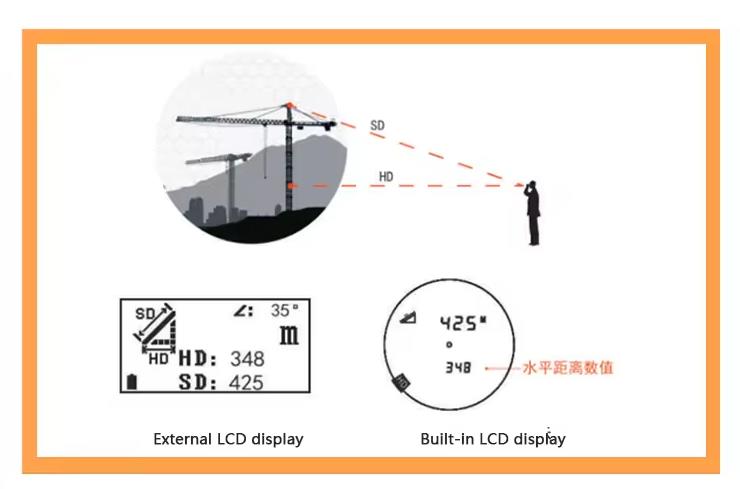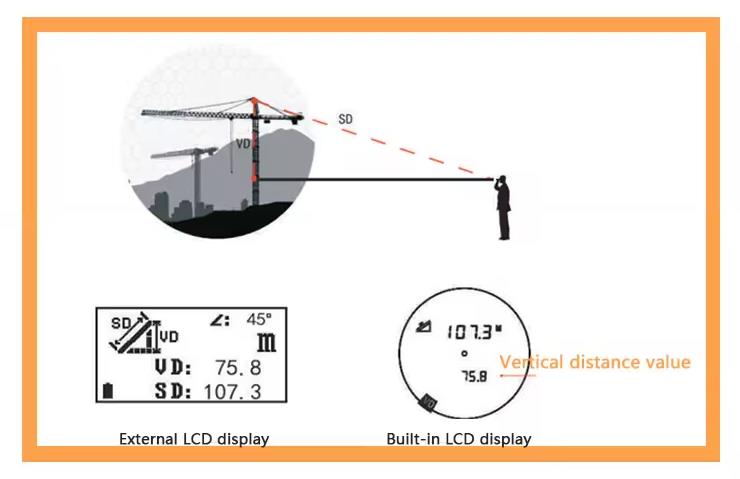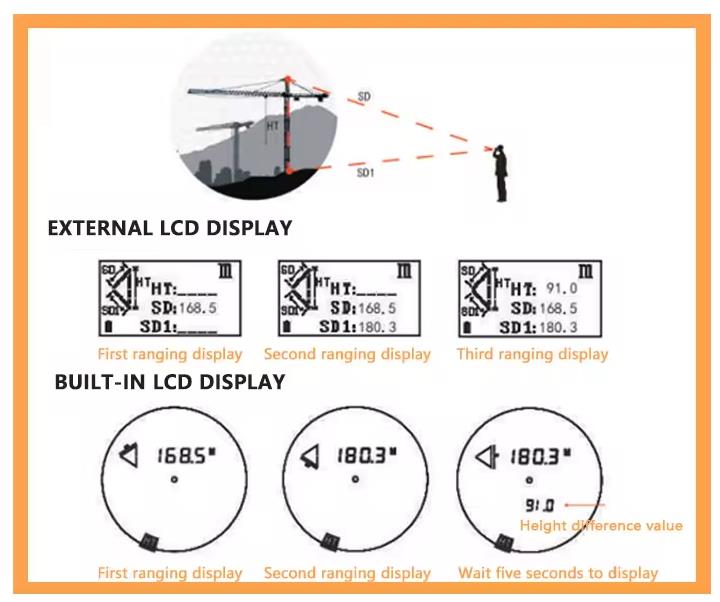When it comes to measuring distance, rangefinders are a popular tool. They are commonly used in a wide variety of applications, from golfing to hunting to bird-watching. There are two main types of rangefinders: infrared rangefinders and laser rangefinders. While they both serve the same purpose, there are some notable differences between the two.

First, let's start with infrared rangefinders. These rangefinders operate by emitting a burst of infrared light towards the object being measured. The light bounces off the object and returns to the rangefinder, where it is analyzed to determine the distance. Infrared rangefinders are typically less expensive than laser rangefinders, making them a popular choice for hobbyists or those on a budget. They are also often smaller and lighter, making them easier to carry around.
On the other hand, laser rangefinders use a laser beam to measure distance. The laser beam is emitted from the rangefinder and bounces off the object being measured, just like with infrared rangefinders. However, lasers are able to measure distance more accurately than infrared light, which is why laser rangefinders are often used for more precise tasks, such as surveying or construction. Laser rangefinders are also able to measure longer distances than infrared rangefinders, making them a better choice for outdoor activities like hunting or golfing.



There are some other key differences between these two types of rangefinders as well. For example, infrared rangefinders are generally considered to be easier to use, as they require less skill to operate. Laser rangefinders, on the other hand, can take some time to calibrate correctly, and may require more expertise to operate. However, laser rangefinders are also generally more durable and less prone to interference from other light sources, such as the sun. Infrared rangefinders can sometimes be affected by bright sunlight, which can interfere with their readings.
Ultimately, the choice between an infrared rangefinder and a laser rangefinder will depend on what you plan to use the device for and how much accuracy you require. If you're just looking for a basic rangefinder for simple tasks, an infrared device may be sufficient. However, if you need precise measurements or plan to use your rangefinder for more advanced applications, a laser rangefinder may be the better choice.


